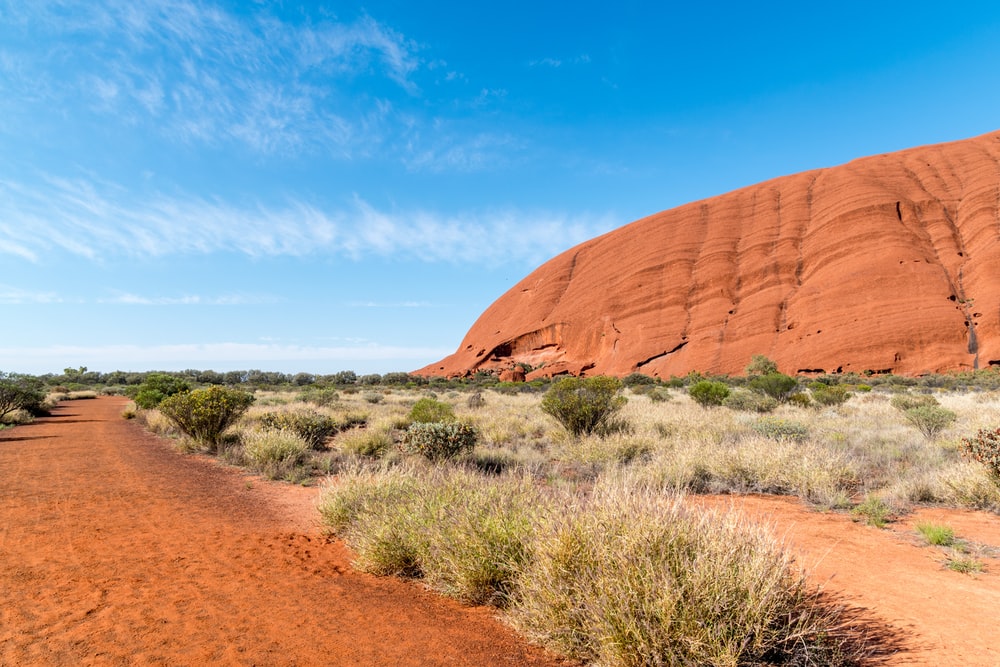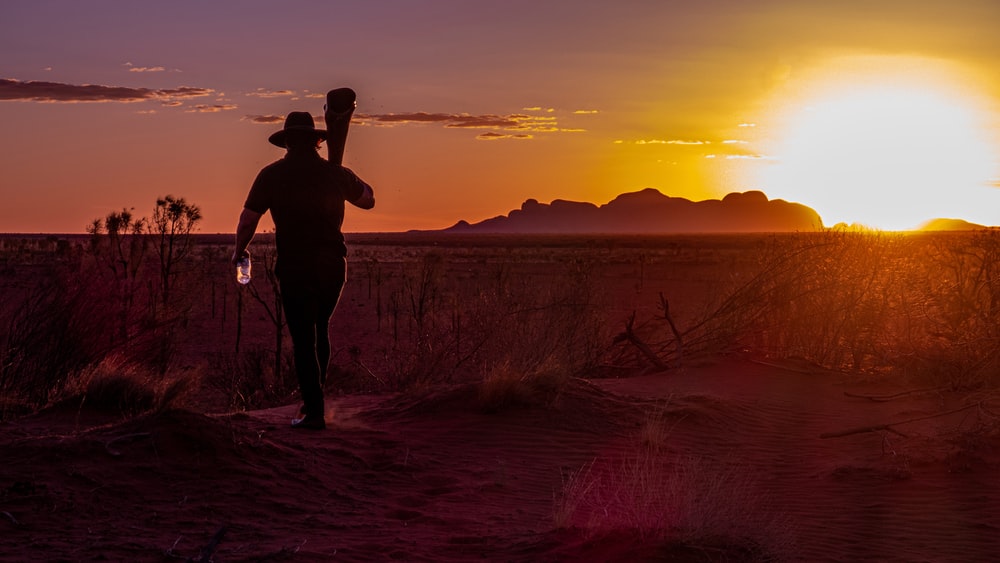Just when we thought Australia doesn’t have any more surprises, we are introduced to the hidden wonders of Uluru. The area, also known as the Ayers Rock, is popularly seen on the covers of many travel magazines and destination blogs. One thing is for sure, its picture isn’t quite as striking as visiting it in real life.
Formed by millions of years’ erosion, the giant rock is formed from sandstone alone and features a signature red color with wavy textures. Studies have shown that the giant rock was once completely emerged underwater. Which is surprising, considering that it now depicts a huge rock in the middle of a dry and warm desert.

Thousands of tourists travel to the Ayers rock and even book a few night’s in an Uluru accommodation to ensure they completely experience all the area has to offer. If you are keen on experiencing the 348-meter-high rock any time soon, then follow our expert traveler’s guide to the majestical sandstone formation.
Tourism
Sure, pictures of Ayers Rock have been around for many years, but tourism has only recently gained popularity. Because the rock is situated in such a remote area, not many visitors have felt the need to drive all the way to it.
Surprisingly, Uluru was first discovered by Europeans back in the late 1800s. It only became internationally recognized in the 1940s as a tourist attraction when a road was laid between Alice Springs and the remote area.
Soon thereafter, a small airport was built, and tourism really started taking off. Today, Ayers Rock is one of Australia’s most recognizable landmarks and over 300 thousand travelers visit their yearly. Of which 50% is international tourists.
Getting There and Staying There
There are a few ways you can visit Uluru. Most people who want to travel by air can fly to the Uluru Airport directly from all Australian major airports or via Alice Springs airport.
Those who wish to stay in Alice Springs can do so and embark on 446 kilometers (a 4 hour 40 minute) drive to the rock and enjoy the day wandering around the area. You can either join a travel group adventure with a local guide or take your own road trip from Alice Springs.
Follow this guide for more travel options to the destination: https://www.onceinalifetimejourney.com/once-in-a-lifetime-journeys/pacific/guide-to-uluru-ayers-rock-everything-you-need-to-know-to-visit/.
Alternatively, tourists can book a stay at any one of the accommodation facilities situated close to the rock. There are just over 12 places you can book a stay with that caters to most budgets and traveler’s needs.
Visitors have a choice between luxurious resorts with 360 views of the surroundings, budget hotels, apartments, and camping grounds. Depending on your needs, you can either enjoy a luxurious stay with loads of pampering and good food or enjoy a real outback experience by camping in the open air.
Just because it is quite an exclusive and remote area, doesn’t mean accommodation is unaffordable. Accommodation range from budget and mid-range to expensive and upper-class. Many resorts offer special discounts and offers for visitors who would like to stay 2 nights or longer.

Visitors have reported that all accommodation is comfortable and stylish with excellent views of the surround nature.
Culture and Locals
Signs of early settlements can be found all over. The Anangu tribe were reported to have inhabited the area for more than 22,000 years. If you climb the rock, you’ll even be able to see some ancient rock paintings done by the Anangu people.
Tourists who stay in hotels and resorts in the area will have access to loads of information on the age-old culture of locals. Some accommodation facilities even offer daily demonstration and education sessions that cover ancient art, hunting techniques, and local cooking.
Locals are known as the Pitjantjatjara people. They are the traditional owners of the rock since October 1985.
Wildlife
Australia is well-known for its strange, scary, and dangerous animals and insects. Since water sources are so scarce, visitors shouldn’t expect to see any hungry crocs or hopping kangaroos in Uluru. Apart from a few camels and desert lizards, visitors won’t see an abundance of wildlife.
Click here for a full list and description of the animals inhabiting the Uluru National Park.
Even though water is scarce, there are enough to feed the desert oaks, also known as the Kurkara trees. These trees can be seen stretched out on the plains of Uluru. An interesting fact about these trees is that they grow extremely slowly because they first have to grow a long tap root to reach underground water. These tap roots can grow up to 10 meters in length.
Exploring and Climbing the Rock
Traditional owners of the rock, the Pitjantjatjara people, aren’t too keen on tourists climbing the rock. Even though this wasn’t a restriction at some point, many travelers still enjoyed climbing up and down the rock without even bothering learning anything about local culture.
The rock is sacred to the traditional owners, and therefore the national park has respected them in that they strictly prohibit and ban the climbing of the Ayers Rock for years to come.
This also includes taking photos. You’ll notice that many of the photos taken of the area and the Uluru mountain is from one specific area. Because many areas of the rock are seen as sacred by locals (traditionally used in ceremonies and rituals), it is forbidden to take photos of certain spots. There are clear signs on the trail that mark spots where photography isn’t allowed.
To get the most of the surroundings, walk through the Kata Tjuta national park and around the rock, one must spend at least two days.
Nothing can quite beat a road trip the Australian outback, oh, no wait – a 2-night stay at Uluru can definitely add adventure to your trip. Whether you decide to fly to the airport, join a tour group from Alice Springs, take a bus with other tourists, or embark on your own outback drive – visiting the beautiful area of Uluru is a must for any adventurer.



